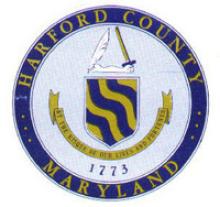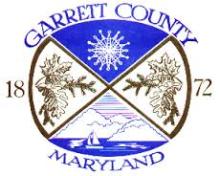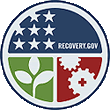Westminster Teens Use Fiber, MAGIC, and Tech Skills to Survive Zombie Apocalypse
When communities deploy Internet access infrastructure, they use their investment to reduce costs for telecommunications, improve local connectivity, and encourage economic development. In Westminster, they’re also using their fiber optic network to boost local high school students’ tech skills in a fun and creative way. The community is using publicly owned fiber optic “magic” to multiply their youth’s opportunities.
Setting the Scene
The world has experienced a devastating disaster. Communications systems are down. Your ragtag band of survivors has been hiding from the zombies for several months now. After finding a generator and some computer parts inside an abandoned building, your group decides to use the pieces to create a working computer and try to establish contact with the other scattered survivors. But will you be able to do it before the zombies reach you …?
Or at least that’s the setting for the first ever Project e-Reboot competition, hosted by the Mid-Atlantic Gigabit Innovation Collaboratory (MAGIC) and e-End. Teams of students were tasked with rebuilding a functioning computer from old components in a hypothetical post-apocalyptic scenario. The challenge was held at e-End’s electronics recycling facility in Frederick, Maryland, in cooperation with MAGIC, a nonprofit organization based one county over in Westminster.
Partnering for Project e-Reboot




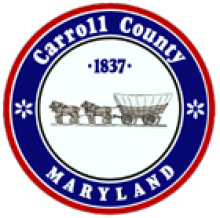

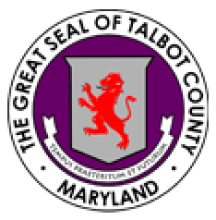
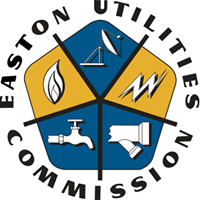 The RFI states that incumbent Verizon supplies DSL via its copper infrastructure to more populated areas. There is also fixed wireless available in some areas.
The RFI states that incumbent Verizon supplies DSL via its copper infrastructure to more populated areas. There is also fixed wireless available in some areas.
